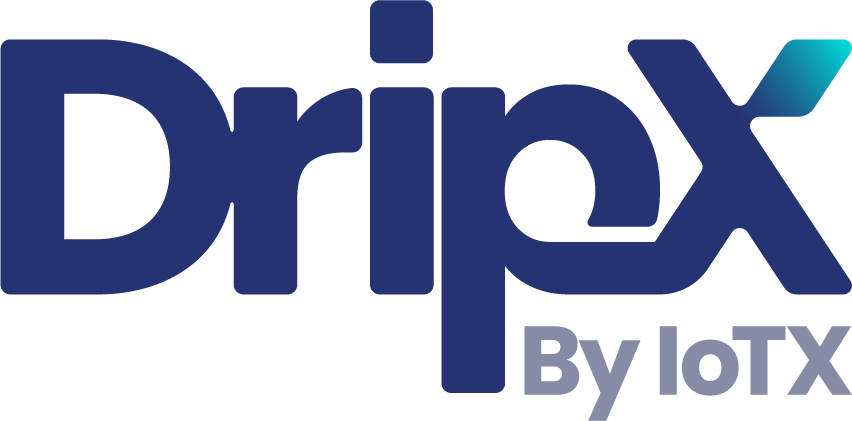The importance of multi-zone leak detection cannot be overstated, especially for industries where leaks can compromise safety, efficiency, and profitability. These systems serve as a vigilant shield, tirelessly monitoring various zones across a facility to instantly pinpoint and report any leaks. This capability is crucial in minimizing potential risks and financial losses. By employing advanced technologies, these systems drastically reduce response times and facilitate swift corrective actions.
Effective leak detection plays an indispensable role in industries ranging from manufacturing to chemical processing. As outlined in articles like Leak Detection Systems: Protect Your Home and Business, the ubiquity of such systems signals their unequivocal importance.

How Multi-Zone Leak Detection Works
Multi-zone systems operate by deploying numerous sensors across different facility zones. Each sensor is dedicated to its respective segment, allowing for localized monitoring and instant leak detection. The data collected is transmitted to a central unit which analyzes the information and triggers alarms if irregularities are detected.
These systems often employ a variety of detection methods, including infrared and thermal imaging. These technologies offer precise data, which is critical for industries that require uncompromised operational efficiency. For more on infrared leak detection technologies, consider visiting our article on Infrared Water Leak Detectors.
Impact on Industry Efficiency
By integrating multi-zone leak detection systems, industries can significantly optimize their operations. These systems ensure that production continues without unplanned interruptions, thereby maintaining steady output levels. As noted in resources such as 5 Advantages of Smart Leak Detection Systems, these technologies contribute significantly to operational streamlining.
In addition to operational benefits, the implementation of these systems aligns closely with sustainability goals. By preventing leaks, companies can minimize their environmental impact and enhance their commitment to eco-friendly practices.
Challenges in Implementation
Implementing multi-zone leak detection can be a complex task requiring a thorough understanding of a facility's layout. The placement of sensors must be strategic to cover all critical areas effectively. Moreover, integration with existing systems and staff training can pose additional challenges. Overcoming these obstacles demands expertise and a comprehensive strategy to ensure seamless deployment.
Despite these challenges, the benefits of adopting such advanced technologies far outweigh the temporary inconveniences. Companies that have successfully integrated these systems consistently report higher safety standards and improved regulatory compliance.
The Future of Leak Detection
Looking forward, the future of leak detection technology is poised for incredible advancements, thanks to the rapid progress in digital and IoT technologies. Innovations such as the Real-Time Water Leak Alerts system represent a step toward even more responsive and proactive detection methods.
As industries increasingly embrace smart technology, the demand for more sophisticated multi-zone leak detection systems will likely expand, promising an era where industrial safety and efficiency are continually optimized and enhanced.

FAQs on Multi-Zone Leak Detection
What industries benefit the most from multi-zone leak detection?
Industries such as manufacturing, energy, oil and gas, and pharmaceuticals greatly benefit due to their complex facilities where leaks can cause significant disruption and hazards.
How quickly can leaks be detected?
Modern multi-zone leak detection systems are designed for rapid response, with many capable of identifying leaks in real-time, which allows immediate action to be taken.
Are these systems compatible with existing infrastructure?
Yes, most contemporary leak detection systems are designed to integrate seamlessly with existing infrastructure, although some customization may be required depending on the facility.






